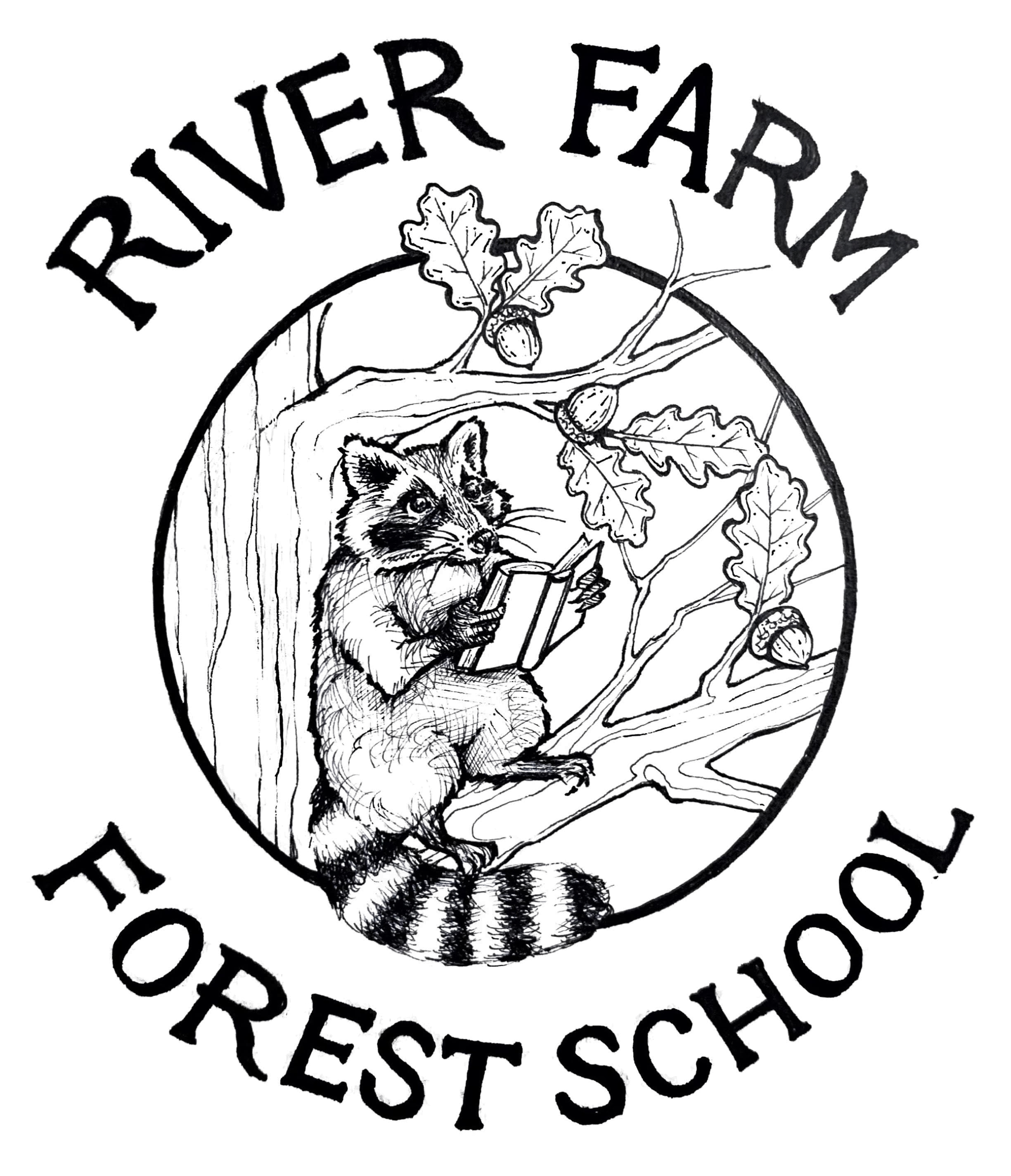The Mixed-Age Classroom
The Association for Childhood Education International (ACEI) lists the following benefits of multiage classrooms:
Children develop a sense of family with their classmates. They become a "community of learners" who support and care for each other.
Older children have the opportunity to serve as mentors and to take leadership roles.
Children are more likely to cooperate than compete. The spirit of collaboration and caring makes it possible for children to help each other as individuals, not see each other as competitors.
Older children model more sophisticated approaches to problem-solving, and younger children are able to accomplish tasks they could not do without the assistance of older children. This dynamic increases the older child’s level of independence and competence.
Children are invited to take charge of their learning. This sense of "ownership" and self-direction is the foundation for lifelong learning.
Children are able to spend several years with the same teacher. This allows the teacher to develop a deeper understanding of a child’s strengths and needs and better support the child’s learning.
Children have several years to develop and are able to see themselves as progressive, successful learners.
Children are viewed as unique individuals. The teacher focuses on teaching each child according to his or her strengths, unlike in same-grade classrooms that often expect all children to be at the same place at the same time regarding ability.
Children are not labeled according to their ability. For example, children in same-grade classrooms may be labeled "below grade level" or "low." These children may stop trying, while those labeled "above grade level" or "high" may not feel challenged.
Children learn at their own rate, with no fear of retention. In same-grade classrooms, children are retained if they do not master content by the end of the year. In mixed-age classrooms, children have more time to master content without worry.







